Curious Questions: Are cows actually super-intelligent?
Far from being ‘stupid’ or ‘silly cows’, cattle are clever and emotionally intelligent, with bags of personality, too, says John Lewis-Stempel.
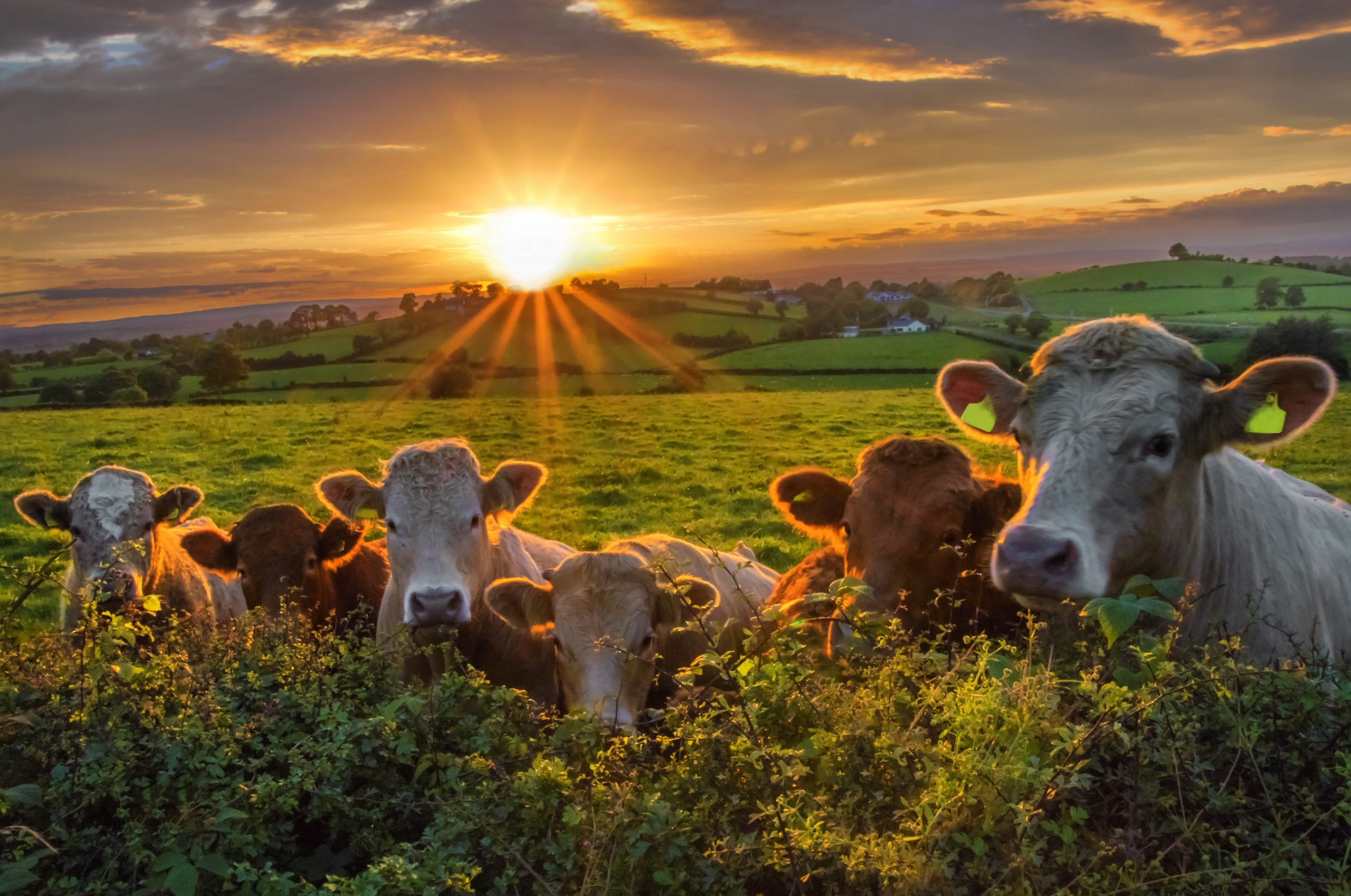

Seven in the morning and the cattle are already waiting at the feeders, the winter moonlight running a white stripe down their backs. Cows know the time of day. I toss in the hay; it is a job that takes only a minute or two, but always I linger. The contentment of cows is contagious.
We also have a good chat. Cows are good listeners.
There is a cartoon by Gary Larson, the American humourist, in which a cow, standing upright on its two back legs, shouts ‘Car!’ to the herd, the joke being that only when humans are around do cows walk on four legs. Otherwise, they potter and totter about on their back legs. And talk.
Larson knew cattle. Inside those inscrutable heads, cows possess secrets of which we poor Sapiens are unaware. Except that, after 20 years of cow-keeping, a few mysteries of the bovine brain have been unveiled to me. And I have moos for you. Far from being the byword for beastly dumbness — ‘stupid cow’, ‘silly cow’ — cattle are ungainsayably clever. They are also emotional and possess personality. A cow is rather more than a biological burger-maker, a moveable maker of milk for the world’s love of latte. Trust me.
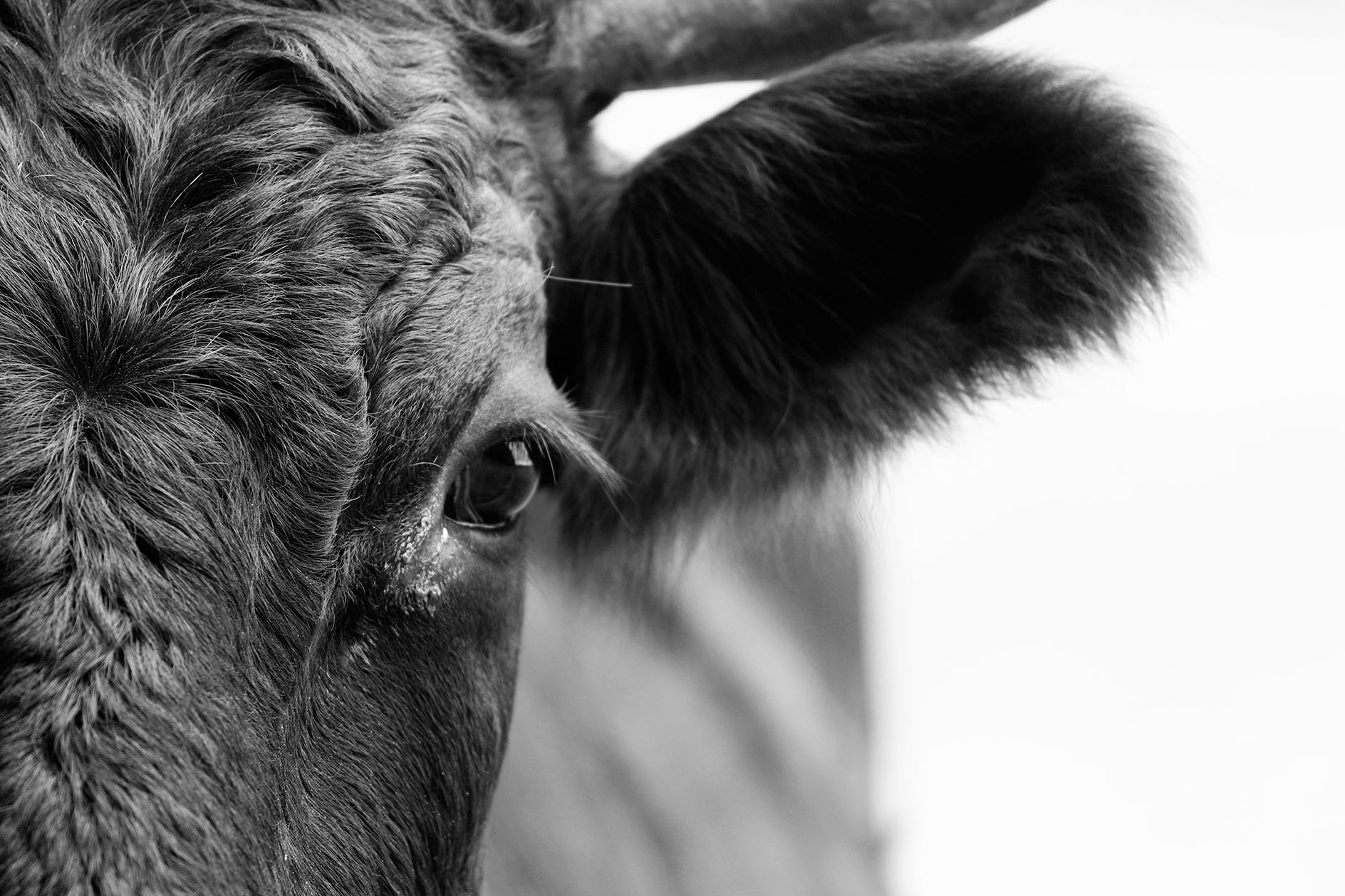
My first true intimation that cows were not as thick as mince came early on when Miriam, one of our rare-breed Red Poll heifers, persisted in escaping and wandering — rather inconveniently, it must be acknowledged — up and down the rows of the British National Vine Collection in west Herefordshire.
Eventually, I caught her red-hooved as she made her exit from her allocated quarters — she was squiggling on her side under the single-strand electric fence. (Cows can be surprisingly athletic; Miriam’s sister, the haughty Margo, named after Penelope Keith’s character in The Good Life and weighing in at more than 1,000lb, regularly achieved leaping the stock fence.)
Next, I realised the herd could distinguish our family cars from all the others that approached the farm and only bellocked for supper when we arrived on the yard. They contemptuously ignored friends, neighbours and the nice woman from the village collecting on behalf of Christian Aid.
Exquisite houses, the beauty of Nature, and how to get the most from your life, straight to your inbox.
However, don’t take my anecdote about escapologist Miriam and the hungry heifers as proof of cow cognition or bovine brightness; the trend in contemporary animal science is to shoot the sacred cow of farm-animal dumbness. In the landmark essay The Psychology of Cows, by neuroscientists Lori Marino and Kristin Allen, published in the journal Animal Behavior and Cognition, cattle are ‘discovered’ to display ‘the ability to rapidly learn different tasks, possess long-term memory, extrapolate the location of a hidden moving object and discriminate humans from one another’. The authors note: ‘Calves, as well as adult cows, show learned fear responses to humans who have previously handled them in a rough manner.’
They really do. Our neighbour Diana, as she reached her late seventies, became crotchety with her Friesians. They became obstreperous. The milk yield went down. Quod erat demonstrandum.
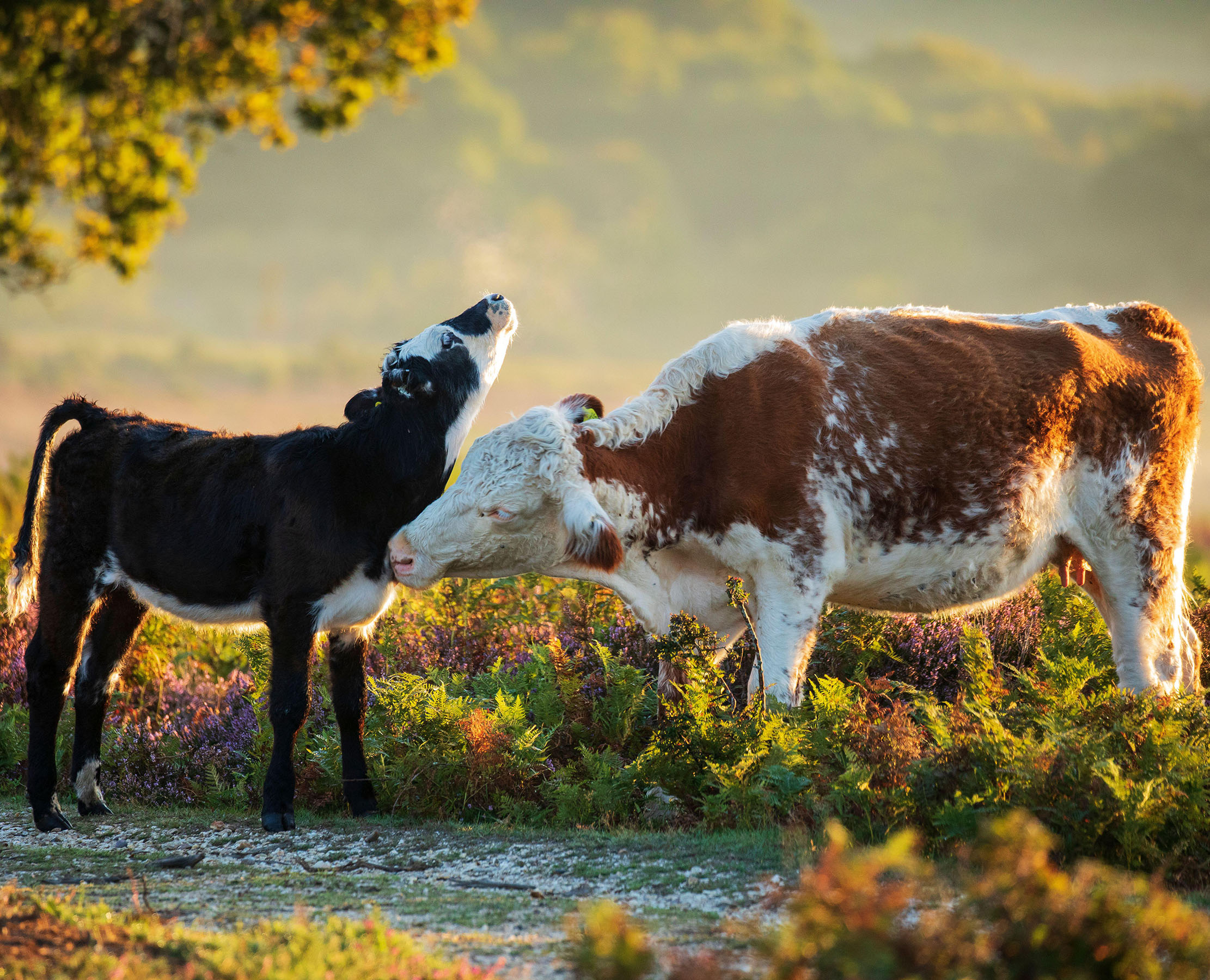
I do sometimes drive our cows from behind, by rustically shouting ‘Yah’ and waving a ‘cush stick’; usually, I bribe them to move where I want by shouting ‘Cows!’ and rattling a bucket of cattle cake. This works efficaciously and will even get the girls into the ‘race’, the metal corridor for TB testing, except that one must never, ever fall over, because a cow wanting its cake is human-blind.
The one time I did slip and failed to be sufficiently Ninja-nimble to clear the 6ft side of the race, I got away with three broken ribs. And my cows quite like me.
Our cattle inevitably act up on TB-testing day; my fault, because they pick up on my anxiety, my fear. It’s the worst day of the year in farming. A cow testing positive is a cow to be culled. Our cows — all cows — are too beautiful, too important for their lives to be wasted in the knacker’s furnace, gone up in smoke.
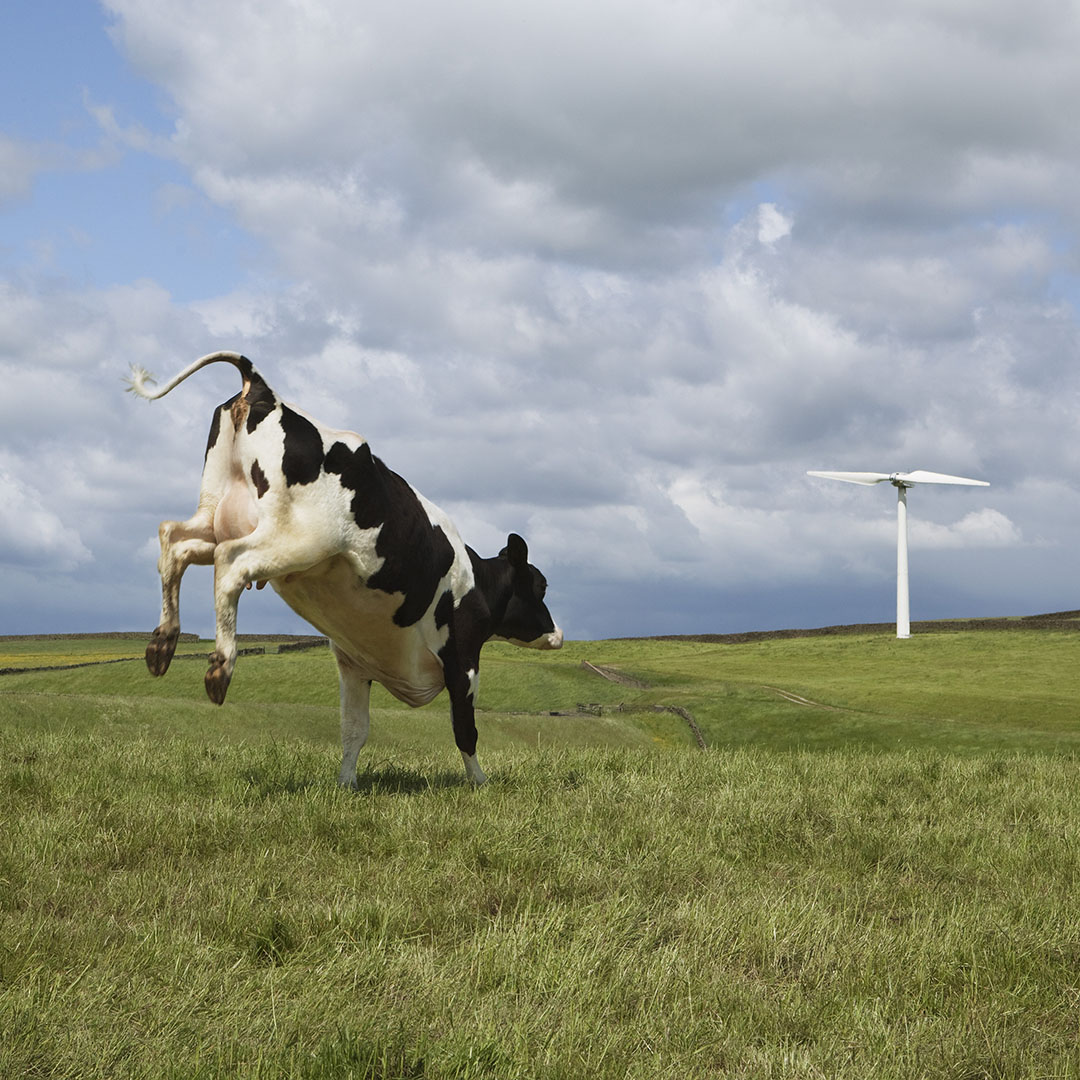
Cows see and smell human emotion. And they understand. They are all-feeling creatures themselves. They know the state of joy — you should see our lot running around after being released from the winter paddocks onto springtime grass, tails streaming flat out and trumpeting like an oompah band — and they know pain. Dairy calves de-horned without anaesthetic play less than their compatriots de-horned with painkiller.
Cows know grief, too. When Margo died of old age, her daughter stood next to her, unmoving for hours, inconsolable for days, calling for her mother. I did something similar.
The saddest sound I ever heard was a cow separated from her child. Shakespeare thought the same, writing in Henry VI:
And as the butcher takes away the calf And binds the wretch and beats it when it strays, Bearing it to the bloody slaughter-house, Even so remorseless have they borne him hence; ...the dam runs lowing up and down, Looking the way her harmless young one went, And can do nought but wail her darling’s loss.
Usually, however, cows are impassive, which confuses humans about their true being. How could anything so seemingly stoic feel? Yet, for those who care to see, cows signal their emotional state, if minimally. The more eye white they display, the more anxious or angry they are; a cow with relaxed ears is a happy cow.
My own personal suspicion is that much cattle communication is silent or invisible, particularly if the animal is in pain, because to cry out would alert a predator to its weakness. Humans may have domesticated cattle 10,500 years ago — according to DNA analysis, Ermintrude and Daisy are descended from as few as 80 animals tamed in Iran’s Zagros mountains — yet bovines retain the old wild habits.
Cows like to hide their newborn calves in the ditch. In a herd at rest, there will always be one or more cows on sentry duty against the sabre-toothed tigers that still inhabit bovine nightmares. Cattle chase dogs because they consider them wolves. Thirsty cattle can smell water over the distance of several miles.
Once, an American university ran an experiment in which cattle were required to cross trackless hills; at the same time, the boffins turned on a computer to plot the fastest course. The cattle beat the computer.
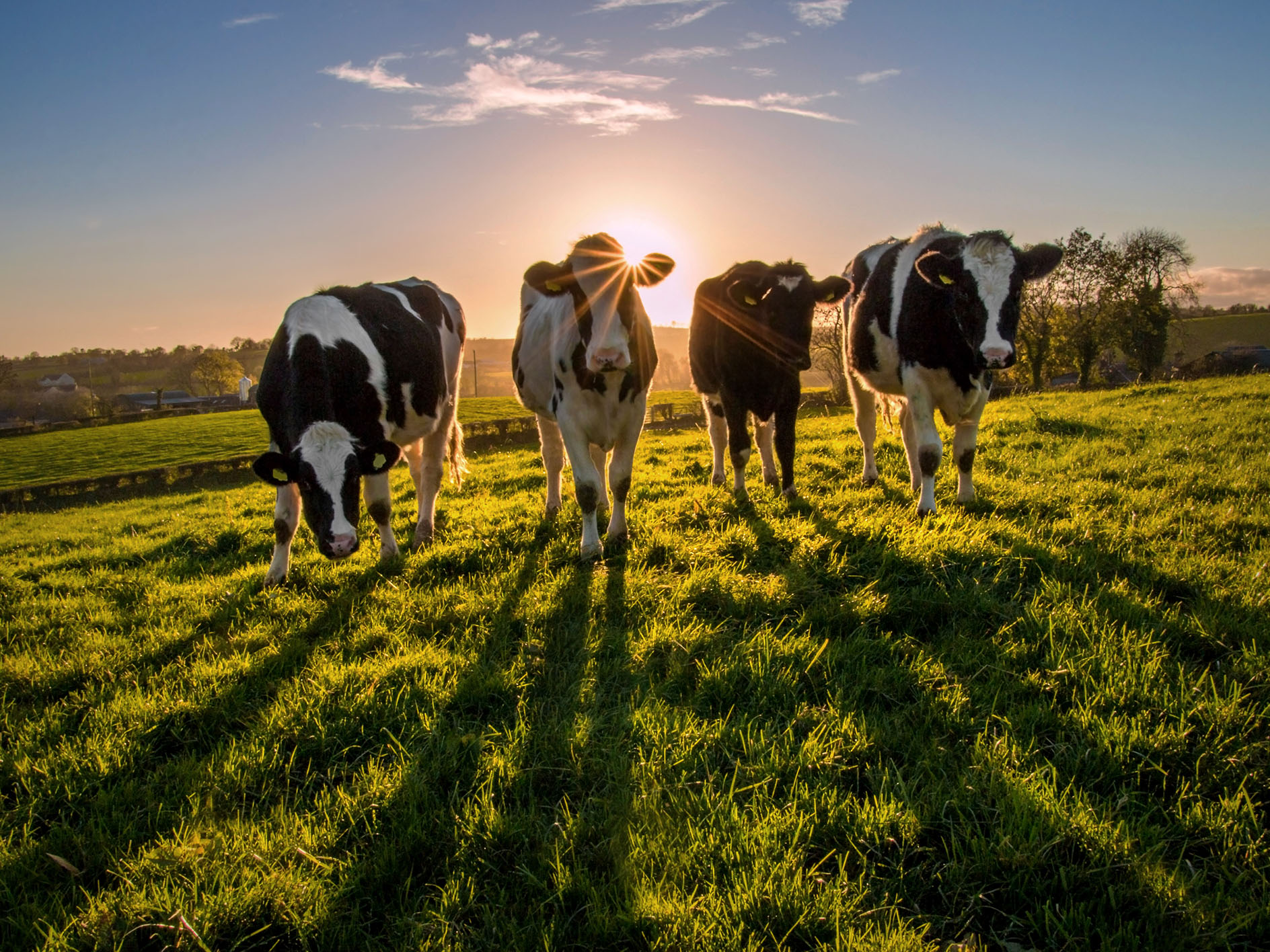
In The Psychology of Cows, the authors also determined that cows ‘display a full range of personalities including boldness, shyness, sociability, gregariousness and being temperamental’.
So true. Margo, as if conscious of her oil-painting status as a prize-winner of ancient breed, bossed everyone about, including me, whereas her daughter Mirabelle is utterly, cheerfully laid back. Melissa is timid. Miriam likes a pat on the neck and to lick me with her big pink tongue, like a dog.
Is it not strange, then, that we pamper pets, but disregard domestic livestock? Who would put a dog in a cage? Which is, essentially, what a grassless pen consists of in the intensive beef farms of the US and Dubai. Perhaps, if we humans evolve to treat cattle well, they may finally reveal their greatest secret, the cause of their inner happiness. After all, have you ever seen anything more blissed out than a cow chewing its cud?
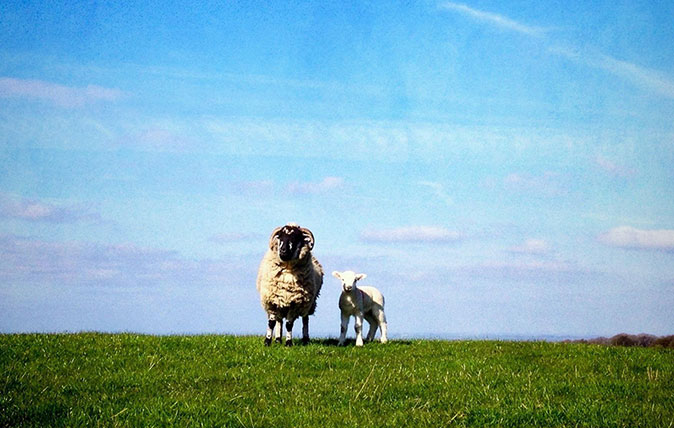
Credit: Sheep in a field - ewe and lamb
Rosamund Young: The mysterious motherhood of sheep and cows
Rosamund Young, author of The Secret Life of Cows, talks about how poetry runs through the land – and how the

Credit: Alamy Stock Photo
Rosamund Young: Dreaming of a cottage with a field? Then find your field and do it
Rosamund Young, author of the Secret Life of Cows, will be writing a series of columns for Country Life in
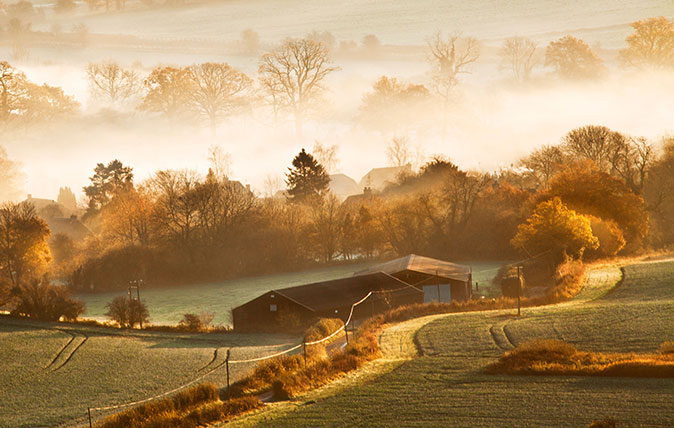
Credit: Alamy
Autumn farming: Endless jobs, the pain of potatoes and the ram who made a break for freedom
Rosamund Young's fourth beautiful article for Country Life explores, potatoes, intelligent sheep and the accidental devastation of spiders' webs.
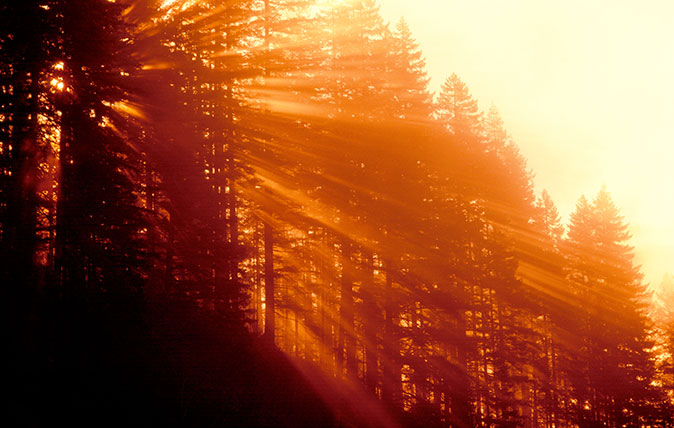
Credit: Alamy
The joys of farming in December: Winter sunshine, leaping sheep and hens who lay an extra Christmas present
Rosamund Young, author of The Secret Life of Cows, on sparing walnut trees, freeing sheep and a very special Christmas
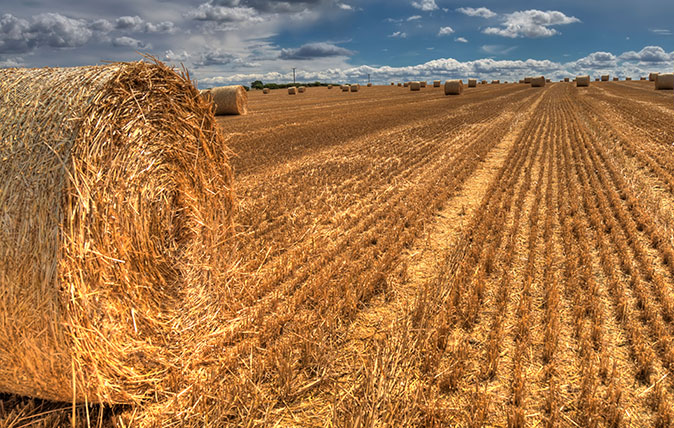
The days when farming becomes a race against time - and the bliss of that moment when you win
Farming isn't always a battle against the elements and the pests – it can also be a race against time as
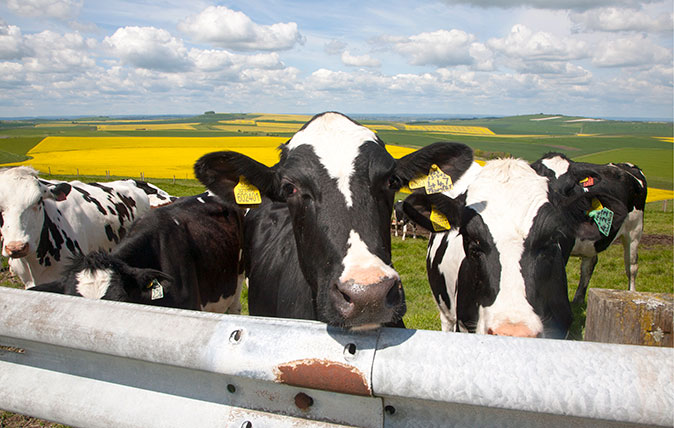
Credit: GETTY
Summer in the fields, and how to surprise a cow with a hastily-erected fence
Rosamund Young, author of The Secret Life of Cows, writes an exclusive update for Country Life about life on her
